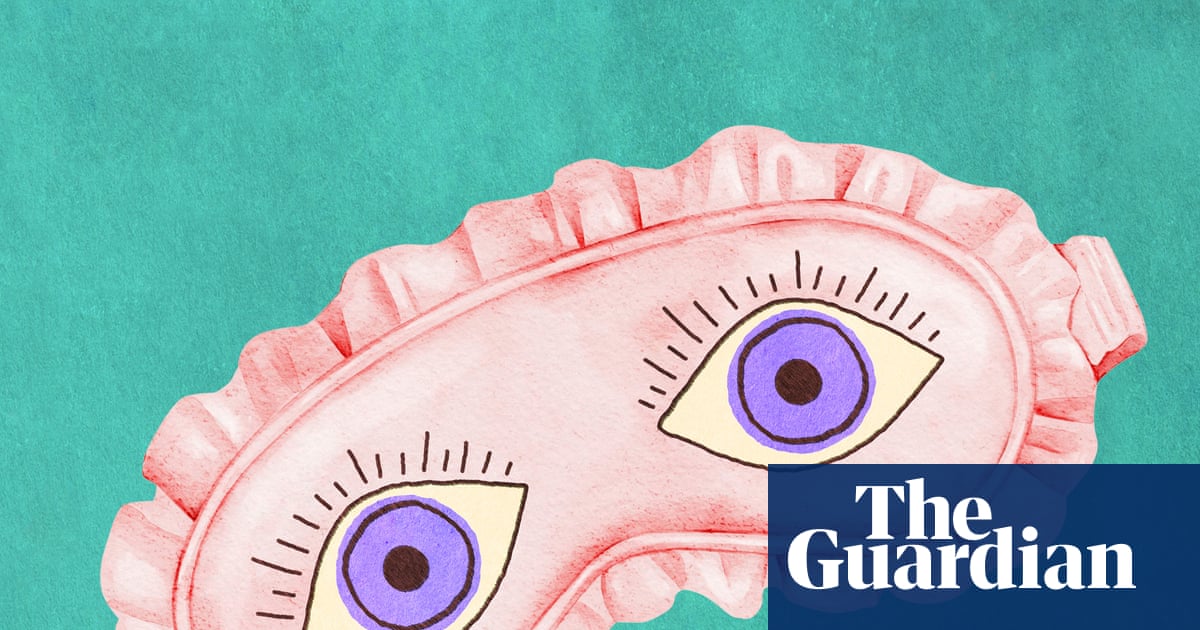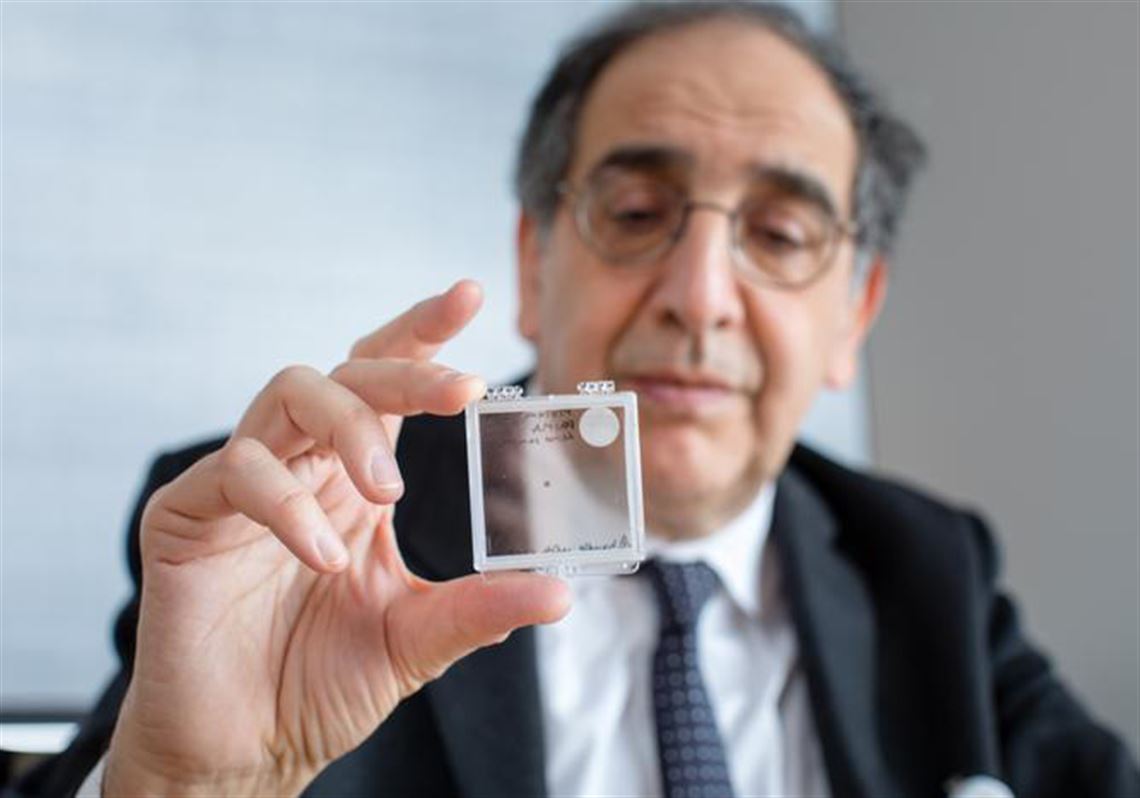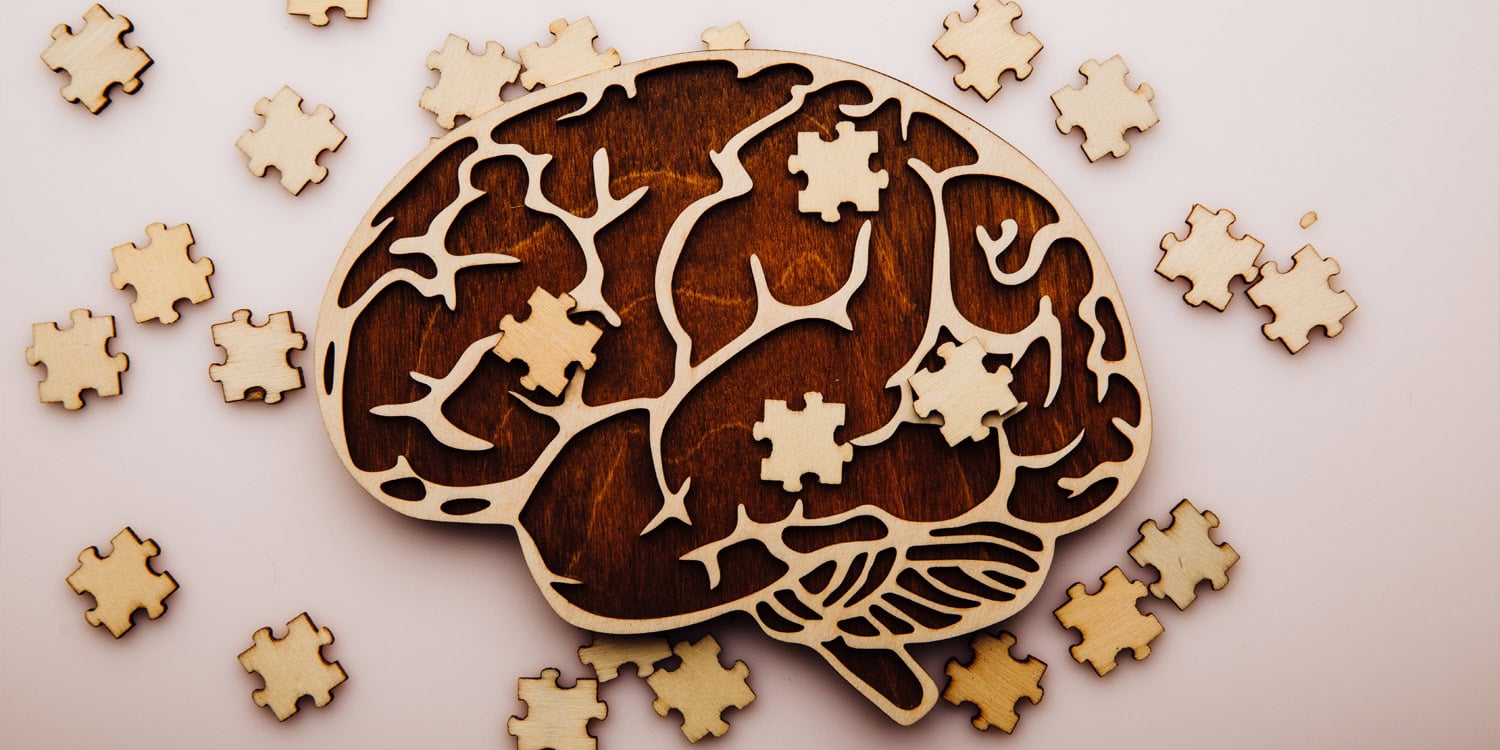A new study examining nine consecutive birth years in Sweden indicates that the dramatic rise in clinical diagnoses of autism spectrum disorder is not accompanied by an increase in autism-related symptoms in the population. The research, published in the journal Psychiatry Research, also found that while parent-reported symptoms of ADHD remained stable in boys, there was a small but statistically significant increase in symptoms among girls.
Autism spectrum disorder, or ASD, is a neurodevelopmental condition characterized by differences in social communication and interaction, along with restricted or repetitive patterns of behavior and interests. Attention-Deficit/Hyperactivity Disorder, or ADHD, is another neurodevelopmental condition marked by persistent patterns of inattention, hyperactivity, and impulsivity that can interfere with functioning or development. Over the past two decades, the number of clinical diagnoses for both conditions has increased substantially in many Western countries, particularly among teenagers and young adults.
This trend has raised questions about whether the underlying traits associated with these conditions are becoming more common in the general population. Researchers sought to investigate this possibility by looking beyond clinical diagnoses to the level of symptoms reported by parents.
“The frequency of clinical diagnoses of ASD and ADHD has increased substantially over the past decades across the world,” said study author Olof Arvidsson, a PhD student at the Gillberg Neuropsychiatry Centre at Gothenburg University and resident physician in Child and Adolescent Psychiatry.
“The largest prevalence increase has been among teenagers and young adults. Therefore, we wanted to investigate if symptoms of ASD and ADHD in the population had increased over time in 18-year-olds. In this study we used data from a twin study in Sweden in which parents reported on symptoms of ASD and ADHD when their children turned 18 and investigated whether symptoms had increased between year 2011 to 2019.”
To conduct their analysis, the researchers utilized data from a large, ongoing project called the Child and Adolescent Twin Study in Sweden. This study follows twins born in Sweden to learn more about mental and physical health. For this specific investigation, researchers focused on information collected from the parents of nearly 10,000 twins born between 1993 and 2001. When the twins reached their 18th birthday, their parents were asked to complete a web-based questionnaire about their children’s behaviors and traits.
Parents answered a set of 12 questions designed to measure symptoms related to autism. These items correspond to the diagnostic criteria for ASD. For ADHD, parents completed a 17-item checklist covering problems associated with inattention and executive function, which are core components of ADHD.
Using this data, the researchers employed statistical methods to analyze whether the average symptom scores changed across the nine different birth years, from 1993 to 2001. They also looked at the percentage of individuals who scored in the highest percentiles, representing those with the most significant number of traits.
The analysis showed no increase in the average level of parent-reported autism symptoms among 18-year-olds across the nine-year span. This stability was observed for both boys and girls. Similarly, when the researchers examined the proportion of individuals with the highest symptom scores, defined as those in the top five percent, they found no statistically significant change over time. This suggests that the prevalence of autism-related traits in the young adult population remained constant during this period.
The results for ADHD presented a more nuanced picture. Among boys, the data indicated that parent-reported ADHD symptoms were stable. There was no significant change in either the average symptom scores or in the percentage of boys scoring in the top 10 percent. For girls, however, the study identified a small but statistically detectable increase in ADHD symptoms over the nine birth years. This trend was apparent in both the average symptom scores and in the proportion of girls who scored in the top 10 percent for ADHD traits.
Despite being statistically significant, the researchers note that the magnitude of this increase in girls was small. The year of birth explained only a very small fraction of the variation in ADHD symptom scores. The results suggest that while there may be a slight upward trend in certain ADHD symptoms among adolescent girls, it is not nearly large enough to account for the substantial increase in clinical ADHD diagnoses reported in this group. The study provides evidence that the steep rise in both autism and ADHD diagnoses is likely influenced by factors other than a simple increase in the symptoms themselves.
“Across the nine birth years examined, there was no sign of increasing symptoms of ASD in the population, despite rising diagnoses,” Arvidsson told PsyPost. “For ADHD, there was no increase among boys. However, in 18-year-old girls we saw a very small but statistically significant increase in ADHD symptoms. The increase in absolute numbers was small in relation to the increase in clinical diagnoses.”
The researchers propose several alternative explanations for the growing number of diagnoses. Increased public and professional awareness may lead more people to seek assessments. Diagnostic criteria for both conditions have also widened over the years, potentially including individuals who would not have met the threshold in the past. Another factor may be a change in perception, where certain behaviors are now seen as more impairing than they were previously. This aligns with other research indicating that parents today tend to report higher levels of dysfunction associated with the same number of symptoms compared to a decade ago.
Changes in societal demands, particularly in educational settings that place a greater emphasis on executive functioning and complex social skills, could also contribute. In some cases, a formal diagnosis may be a prerequisite for accessing academic support and resources, creating an incentive for assessment. For the slight increase in ADHD symptoms among girls, the authors suggest it could reflect better recognition of how ADHD presents in females, or perhaps an overlap with symptoms of anxiety and depression, which have also been on the rise in this demographic.
“The takeaway is that the increases in clinical diagnoses of both ASD and ADHD need to be explained by other factors than increasing symptoms in the population, such as increased awareness and increased perceived impairment related to ASD and ADHD symptoms,” Arvidsson said. “Taken together we also hope to curb any worries about a true increase in ASD or ADHD.”
The study has some limitations. The response rate for the parental questionnaires was about 41 percent. While the researchers checked for potential biases and found that their main conclusions about the trends over time were likely unaffected, a higher participation rate would strengthen the findings. Additionally, the questionnaire for ADHD primarily measured symptoms of inattention and did not include items on hyperactivity. The results, therefore, mainly speak to the inattentive aspects of ADHD.
Future research could explore these trends with different measures and in different populations. The researchers also plan to investigate trends in clinical diagnoses more closely to better understand resource allocation for healthcare systems.
“We want to better understand trends of clinical diagnoses, such as trends of incidence of diagnoses in different groups,” Arvidsson said. “With increasing clinical diagnoses of ASD and ADHD and the resulting impact on the healthcare system as well as on the affected patients, it is important to characterize these trends in order to motivate an increased allocation of resources.”
The study, “ASD and ADHD symptoms in 18-year-olds – A population-based study of twins born 1993 to 2001,” was authored by Olof Arvidsson, Isabell Brikell, Henrik Larsson, Paul Lichtenstein, Ralf Kuja-Halkola, Mats Johnson, Christopher Gillberg, and Sebastian Lundström.
First Appeared on
Source link












